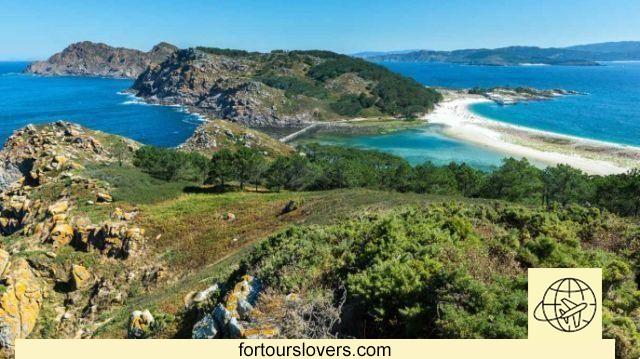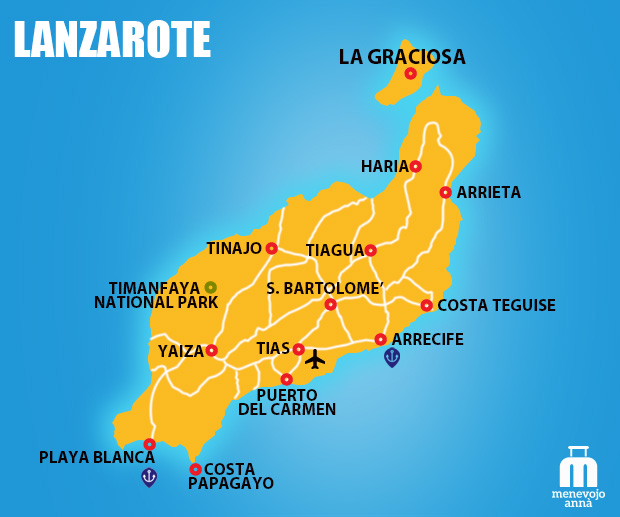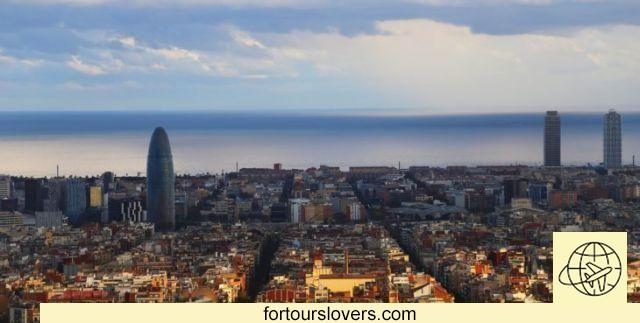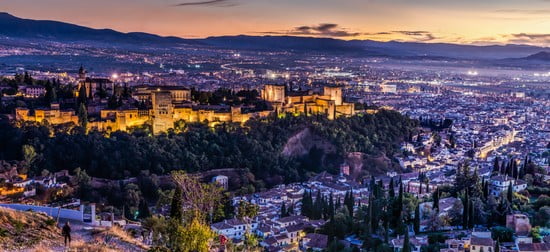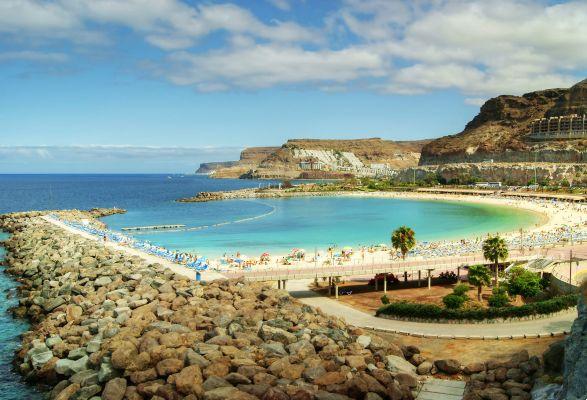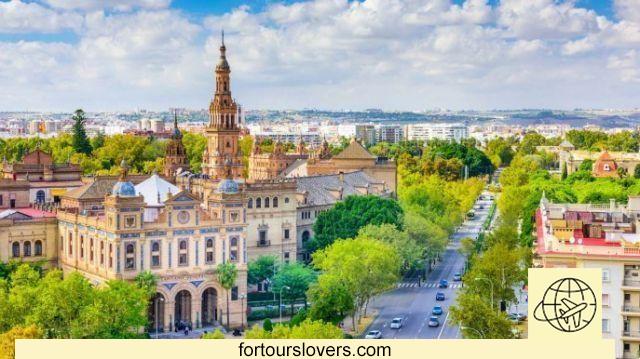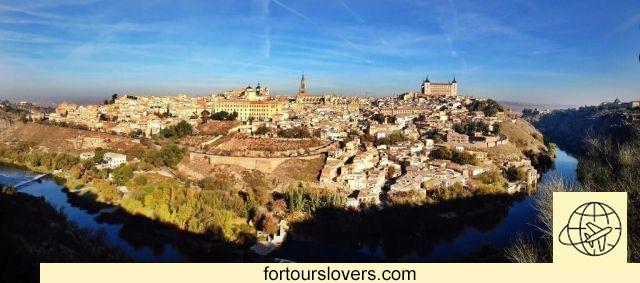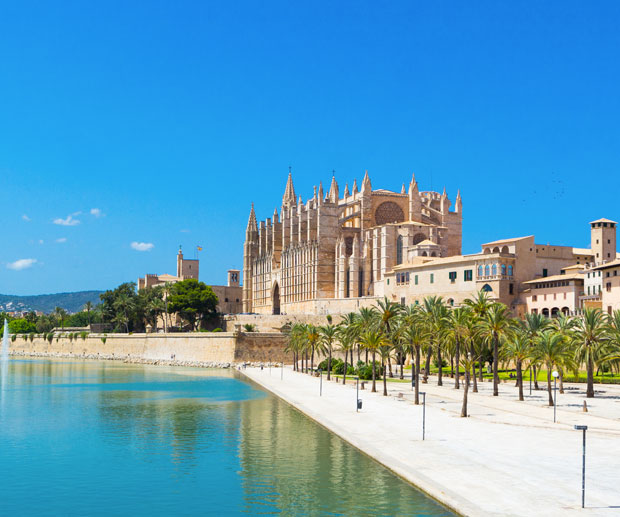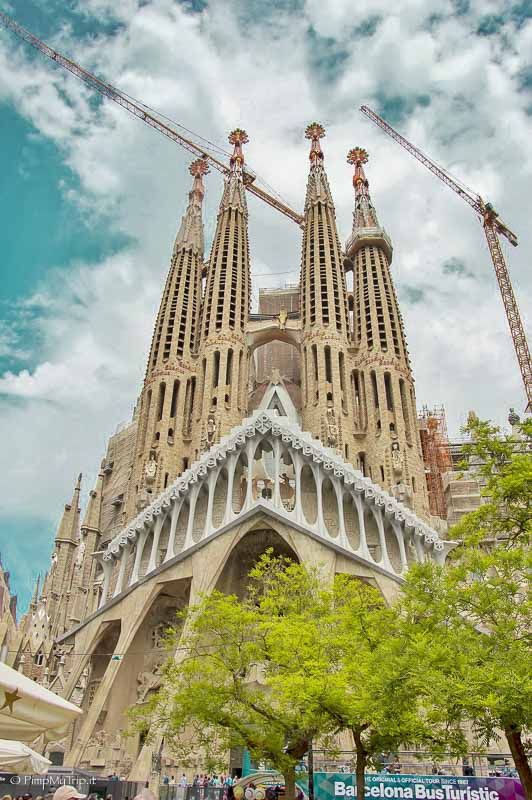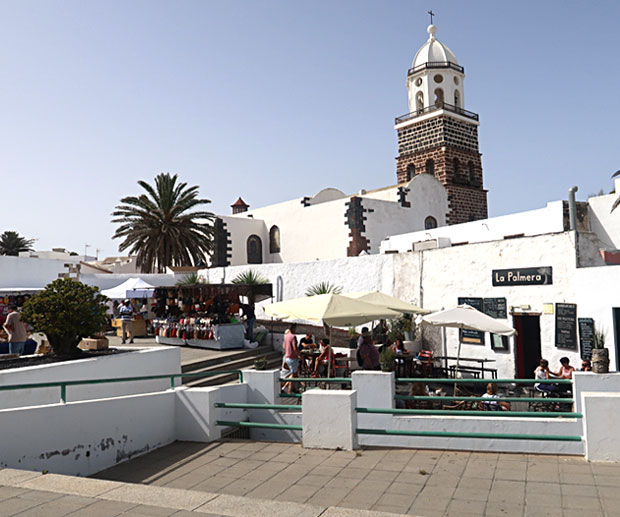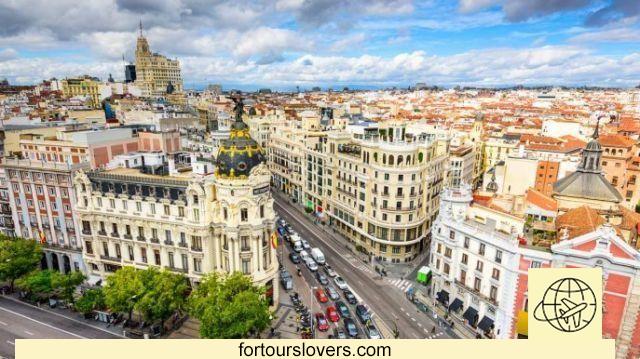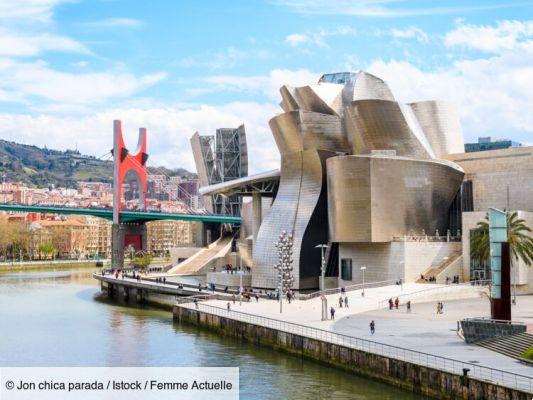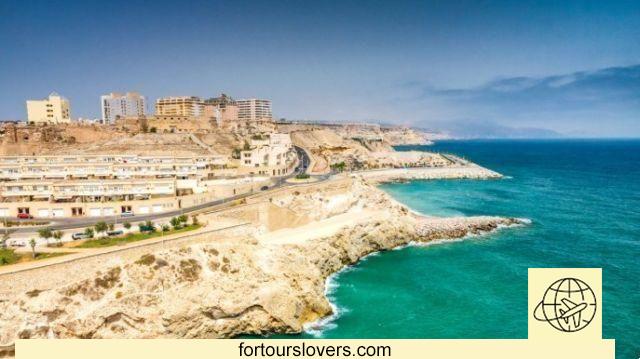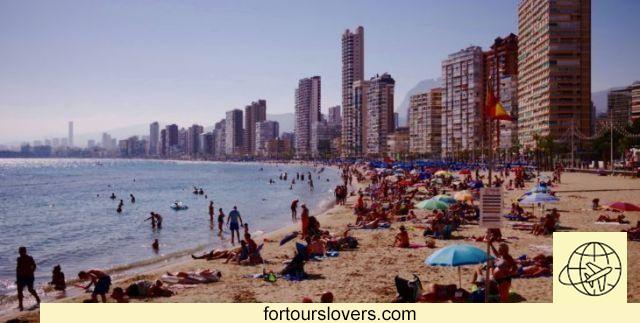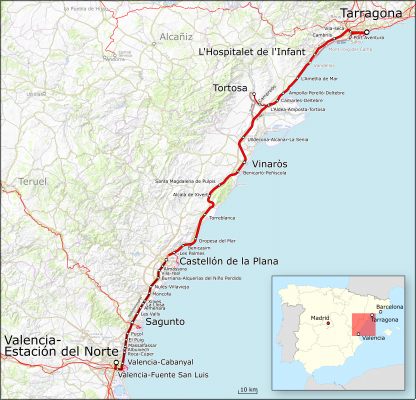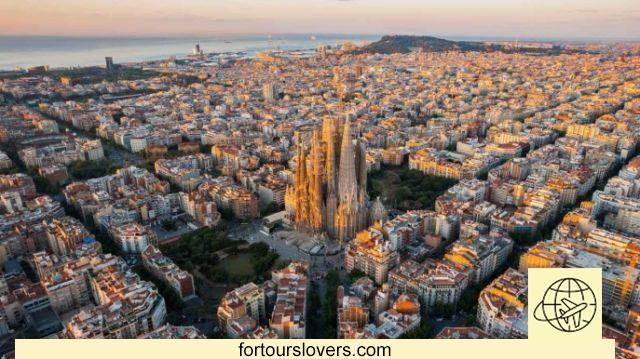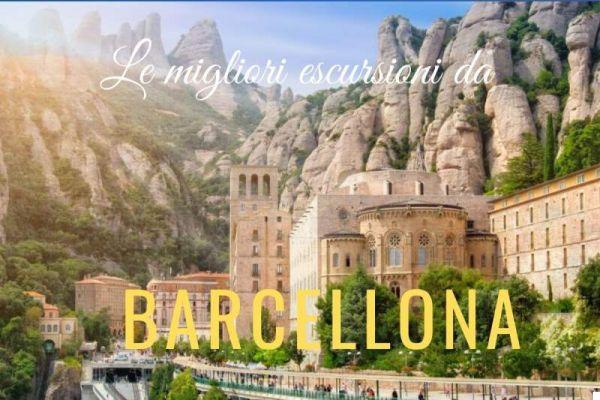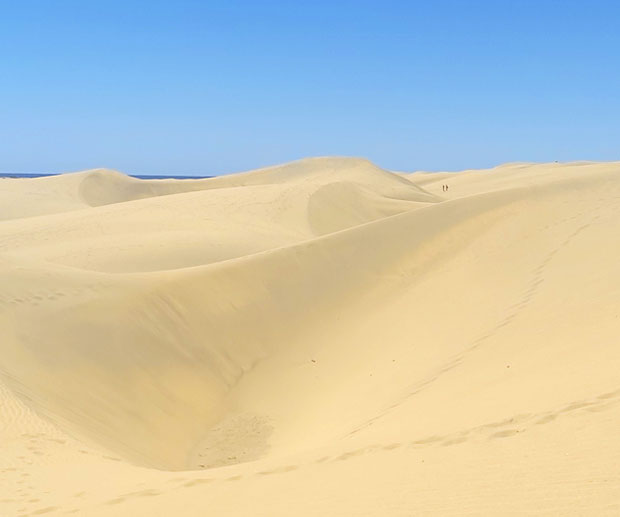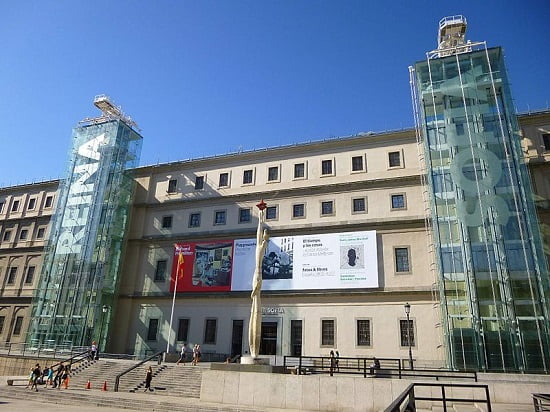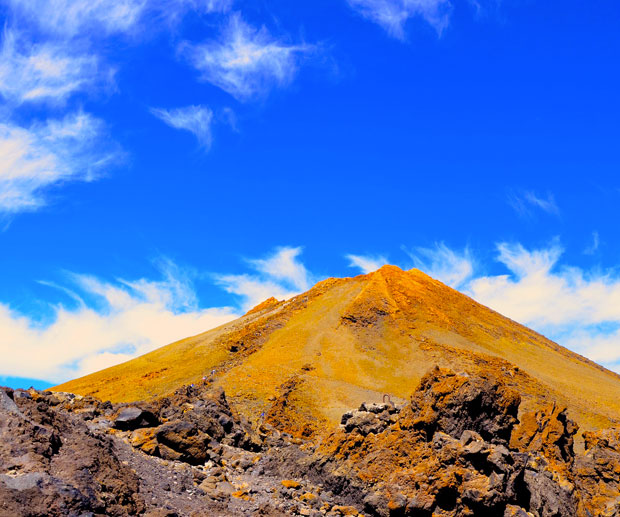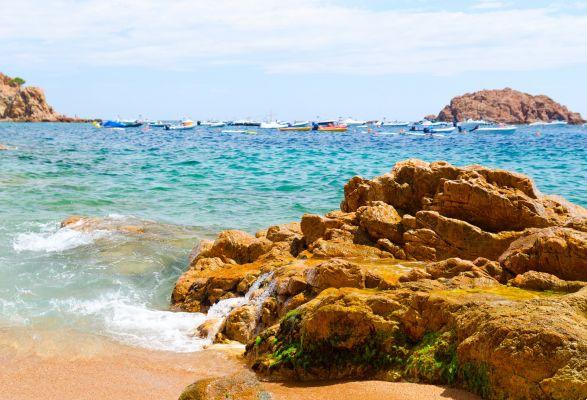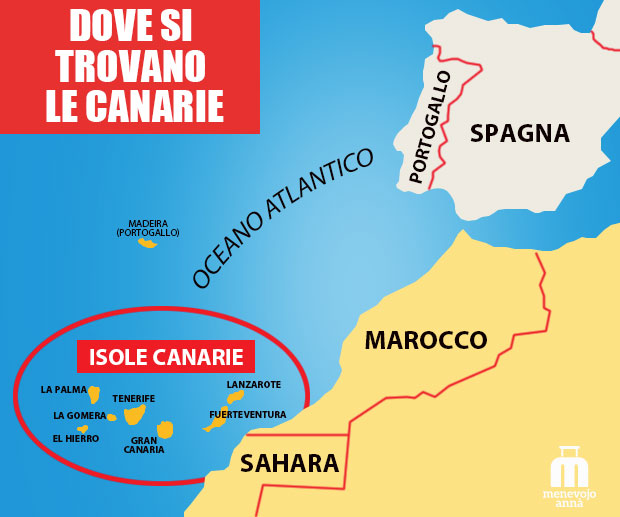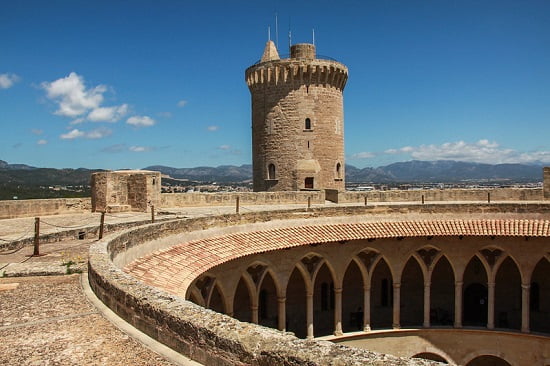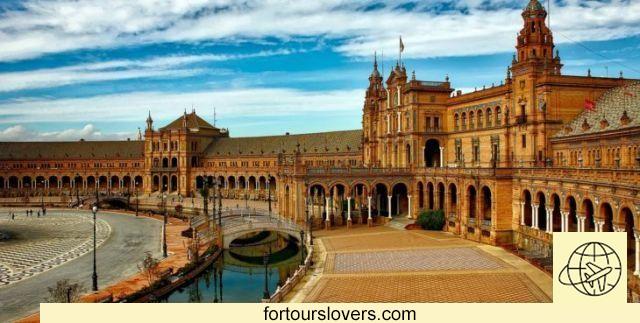
Andalusia
12 things to do and see in Andalucia and 1 not to doIn the photo the wonderful Plaza of Spain in Seville
THEAndalusia is a land of fertile contradictions. A region where everything is held: Islamic and Christian culture; Gypsies and non-Gypsies; modernizing thrusts and exasperated traditionalism. Even from the environmental point of view, things are the same: sea and mountains; sand and woods; remote villages and crowded cities draw a mosaic of landscapes difficult to render in all its complexity. Most of all, however, beauty dominates. Yes, because despite some scars caused by uncontrolled construction, the places that we are about to tell are all wonderful. A beauty that also leaves you captivated by the mild and sunny climate that marks the daily life of these territories. Below we see together the main attractions of Andalusia with the warning that it is necessarily a partial list, however useful for a first approach with the region. Happy reading.
1 Aracena
Our journey to discover Andalusia starts from Sierra de Aracena y Picos de Aroche, a natural park extending in the north-west of the region, in the province of Huelva. For years this part of the territory has been cut off from the big tourist circuits. At the most, the Sevillian bourgeoisie took refuge there to find some respite from the suffocating heat of the summer months. In recent times, however, there has been a turnaround. In fact, more and more visitors come to the park, attracted both by the environmental dimension (oak, holm oak, chestnut, pine and eucalyptus woods) and by the landscape. With reference to the latter, there are two municipalities that are worth a visit. The first, Aracena, is the capital of the park; the other, Almonaster La Real, is a small village of 1000 souls just over 20 kilometers from the main center. Aracena is famous above all for its historic center (declared an Asset of Cultural Interest) and for the Cave delle Meraviglie, an underground cavity of stalactites and stalagmites that can be covered for over a kilometer. Almonaster La Real is famous, however, for the ancient Nuestra Senora de la Conception Mosque Church (see photo) whose origins, it seems, even predate the mosque of Córdoba which we will discuss later. Finally, not a secondary detail, the Sierra de Aracena is known for its ham (jambon de Huelva), a PDO product exported all over the world. To try!
2 Huelva
To understand the historical importance of Huelva, one must reach Palos de la Frontera, a small town of about 8.000 inhabitants located 20 kilometers from the capital. Palos, in fact, is located at the mouth of the Rio Tinto, the river from which on 3 August 1492 the Nina, the Pinta and the Santa Maria sailed, the three caravels with which Christopher Columbus went to discover America.. Today Palos, together with Ayamonte, Almonte, Isla Cristina, Punta Umbria, Lepe and the other resorts on the southwestern coast of Andalusia contributes to a significant part of Huelva's tourist fortunes. The other part, however, is the prerogative of the Mazagon bathing establishments, inside the marvelous Coto de Donana National Park. The latter extends over an area of over 500 kilometers and has been under it since 1994 UNESCO protection. From a cultural point of view, on the other hand, in addition to the "Colombian routes" we mentioned above (also in Palos, the Rábida Monastery is absolutely worth a visit) the town of El Rocio, halfway between Huelva and Seville. A sleepy and dusty village, yet famous for sanctuary (Virgen del Rocio, see photo) pilgrimage destination from all over Spain on the occasion of Pentecost. To be seen!
3 Seville
With 700.000 inhabitants Seville is the fourth largest city in Spain after Madrid, Barcelona and Valencia. Unlike the latter, however, the rhythms are much more staid. Fault or merit of the sun (depending on the point of view) that "beats" inexorably almost all year round, marking the days of the Sevillians. In addition to the climate, however, the lifestyle of the inhabitants of Seville is also influenced by the cumbersome historical past. We are referring above all to the long Arab domination and to the equally important "Reconquista" that brought the Iberian Peninsula back under Christian rule. There is a third aspect, also very important, which cannot fail to be highlighted: flamenco. Together with Jerez, in fact, Seville is the most important center of this musical genre, expression of the gypsy culture (gypsies) very present in Andalusia. However, it would be reductive to consider flamenco "only" as an ethnic phenomenon. The contamination of sounds (and dance) is much more extensive in an intricate game of influences that refer to very different experiences from both a historical and geographical point of view. In conclusion, a complex city waiting to be discovered which, not surprisingly, we have dedicated an entire article: 11 things to do and see in Seville and 2 not to do. Enjoy the reading.
4 Cordoba
Speaking of Seville, we mentioned the Arab and Christian "double soul" that characterizes the architecture and culture of the city. A legacy that actually defines Andalusia almost entirely, but which, however, does not authorize the neglect of other historical testimonies. In the case of Cordova, for example, the Jewish one played a fundamental role. In the XNUMXth century, in fact, many Jews moved to Cordoba, finding a way of peaceful coexistence with the Arabs who ruled the city at the time. The traces of the stay of the Jews are concentrated above all in the district of the Juderia where there is also a synagogue. So speaking of Cordova we should more correctly speak of "three cultures", and it is no coincidence that there is a museum with this title that traces the intertwining between Arabs, Christians and Jews. The museum is located in the Torre de la Calahorra and offers a magnificent view of the Guadalquivir, the river that crosses Andalusia, and on the Roman bridge leading into the city. That said, there is no doubt that the long Arab domination is the one that most influenced the places, and it is also the one that, in more recent times, is decreeing the local tourist fortunes. Many tourists, in fact, reach Cordova just to visit Mezquita, a mosque dating back to the year 785 (see photo). A marvelous building, constantly enlarged and decorated by the Arabs until the year XNUMX, and which after the “Reconquista”, however, was partially adapted into the cathedral by the Christians. The hybridization between the Hispano-Moorish and Gothic-Renaissance styles is today the basis of the suggestion of the Mezquita which, should there be time and way, should be visited in conjunction with another building of great historical and cultural interest: the Medina Azhara, just 8 kilometers from the city. Last, but not least, theAlcazar De Los Reyes Cristianos, the palace of the Christian kings built in 1328 by Alfonso XI of Castile. to know more: 10 things to do and see in Cordoba and 1 not to do.
5 Granada
Granada is located on the eastern side of Andalusia about 200 kilometers from Cordoba. It rises 700 meters above sea level and overlooks the Sierra Nevada mountain range which, in addition to being the largest Natural Park in Spain, is home to the southernmost ski resorts in Europe. Primates that are added to those citizens, since many even believe Granada to be the most beautiful city in the whole region. To support this thesis contributes a lot theAlhambra, a spectacular residential complex built in different eras by different sultans and emperors (see photo). Visit this set of Moorish palaces, including the adjacent ones gardens of Generalife, is the reason that drives millions of visitors to these parts every year. But woe to flatten Granada only on its most famous attraction. Also Sacromonte and Albaicin districts are certainly worth a visit. Especially the latter, which is located right on the hill opposite the one where the Alhambra rises, offering a magnificent view of the monument and the Sierra Nevada (in particular from the Mirador San Nicolas). Last but not least, the Cathedral Santa Maria de la Encarnacion. The church is located in the lower part of Granada and keeps in the Royal Chapel (Capilla Real), the remains of the kings Isabella of Castile and Fernando of Aragon. To find out more: 10 things to do and see in Granada and 1 not to do.
6 Almeria
Almeria is not the most touristic of the Andalusian resorts, but it is equally worth a stop, perhaps after visiting Granada, which is about a hundred kilometers away. There are a couple of i points of interest: the Cathedral of Santa Maria; the archaeological Museum, and above all theAlcazaba, the largest Arab fortress in Spain that dominates the city from above. Definitely more interesting what is in the surroundings. We refer in particular to the Cabo de Gata Natural Park (see photo) and al Tabernas desert. In the protected area of Cabo de Gata, about 40 kilometers from Almeria, according to many there are the most beautiful beaches in all of Andalusia (Playa San Pedro; Playa San José; Playa de los Genoveses; Cala Los Amarillos; Playa del Monsul; Playa Media Luna etc.). White sand, turquoise water, these beaches are real oases of tranquility even if, being inside a natural park, it can be a bit tiring to reach them. As for the Tabernas desert, it is enough to know that Sergio Leone's famous westerns ("For a fistful of dollars", "The good, the bad, the ugly" etc.) were shot here and the film partnership between the late Carlo Pedersoli (Bud Spencer) and Mario Girotti (Terence Hill). Finally, a curiosity: from the port of Almeria, once an important mining port, ferries set sail for Morocco and Algeria.
7 Malaga
In size and number of inhabitants, Malaga is second only to Seville in Andalusia. From a historical-architectural point of view, however, things are different. The city, in fact, owes its tourist fortunes above all to the proximity to the beaches and the sea of the Costa del Sol (see Marbella) while, for the rest, it does not offer much, at least when compared to the other places encountered so far. Only obvious exceptions: the Picasso Museum; The Cathedral De La Encarnacion; l 'Alcazaba; the adjacent Gribalfaro Castle and Carmen Thyssen Museum. These are the main cultural points of interest in Malaga, the ones for which it is worthwhile to include the city on a tour to discover Andalusia. In truth there is also Plaza de Toros, the huge clearing in Mudejar style where bullfighting is held. We inserted it last because, as is well known, the debate on bullfighting divides public opinion in Spain, and beyond. However, while not interested in bullfighting, the Plaza de Toros is worth seeing. If not from the inside, at least from above, perhaps from Castel Gribalfaro from which most of the photos found on the net are taken. To be seen!
to know more
11 things to do and see in Malaga and 1 not to do
8 Marbella
About 60 kilometers from Malaga, Marbella is reputed to be one of the most chic places in all of Spain. Fame linked to the fact that years ago several protagonists of the entertainment world (not only Spanish) bought a house in the city, attracted both by the beautiful Old Town that you give beaches of the extensive promenade. Even today these are the main strengths of Marbella, even if the building development along the coast has not always lived up to expectations. A parable, this, common to many other seaside resorts which, however, fortunately, has spared the old city: explore on foot the alleys and streets around Plaza del los Narajnos and Plaza de la Iglesia (so named for the presence of the Nuestra Senora de la Encarnacion church) it is certainly an experience to do. It is also worth a visit on Grabado Espanol Museum of Contemporary Art which houses works by Picasso, Mirò and Salvador Dalì. As for the nightlife, nothing is really missing: bars, pubs, restaurants and discos of a certain level, initially designed for the jet set based in Marbella, but then had to adapt to the large numbers of mass tourism. To be seen!
9 Ronda
An hour by car, minute more minute less. This is the time it takes to reach Ronda from Marbella or Malaga. Not too much distance for a stage, however, which greatly enriches a trip to Andalusia. There are several reasons that contribute to the charm of the city. First of all, the geographical position: Ronda, in fact, is located on a rocky plateau crossed by a canyon which divides the town in two (gorge carved by the Guadalevin river). To connect the city it was therefore necessary to build three bridges, of which the most famous and popular is the Puente Nuevo. Bridge which, together with Plaza de Toros (the oldest bullfight in Spain), represent the main attractions of the city. Also worth a visit i Banos Arabes, according to many the best kept hammam in all of Spain e Plaza Duquesa de Percent where the Santa Maria La Mayor Church. In short, a small city that can be visited in one, maximum two days, but able to offer suggestions in large quantities. Just know that Ernest Hemingway he fell madly in love with it and that Orson Welles he even wanted his ashes to be kept there. To be seen!
10 Cadiz
Cadiz differs considerably from the Andalusian cities encountered so far. In fact, it has no Islamic or medieval vestiges and its economic fortunes - first linked to maritime trade and now to tourism - are largely due to its favorable geographical exposure on the Atlantic Ocean. In short, a seaside town with a lovely historic center where most of the attractions are concentrated. On all the Cathedral, with its mix of baroque and neoclassical. The great Spanish composer is buried inside Manuel de Falla, sui generis personality capable of combining love and boundless talent for music with a very frugal lifestyle, according to some almost ascetic. If there is a way and time it is worth getting on West Tower (Torre de Poniente) of the church from which you can see a beautiful view of the city. Even from the Tavira Tower the panorama is remarkable. It is a lookout tower used in the XNUMXth century to monitor the transit of ships leaving for, or coming from, America. Finally, do not miss the civic Museum, in which in addition to the Phoenician and Roman finds, there is a large section dedicated to art, including several works by the 600th century painter Francisco de Zurbaran.
11 Jerez de La Frontera
Speaking of Seville, we underlined, among other things, the historical and social role of flamenco in defining the genius loci of the city. The importance of this music which, let's not forget, is also a dance, in the case of Jerez de La Frontera is even greater. Rather, it is widely believed that the true soul of flamenco lives in Jerez more than in the rest of Andalusia, also due to the reluctance of the city to completely bow to the logic of mass tourism. In short, if in the rest of the region flamenco has remained a bit victim of the trivializations of tourist publications, in Jerez de La Frontera, on the contrary, it continues to have a cultural value, well beyond the consideration of only commercial aspects. Which then, in hindsight, the note does not only apply to flamenco. Also there sherry production, a fortified wine famous all over the world, it helps to define the local identity, as well as the equestrian tradition linked to the ancient breeding of Andalusian horses. The discourse does not change if we turn to the traces of the long Arab domination. L'Alcazar of Jerez de La Fronterain fact it is one of the most beautiful Moorish fortresses in all of Andalusia. Also worth a visit is the Cathedral of San Salvador which dominates with its mix of Gothic, Baroque and Renaissance Plaza Encarnación. As for the time needed to visit Jerez de La Frontera, what has been said about Ronda is valid: one, maximum two days, are more than enough.
12 Gibraltar
Gibilterra is the last stop on our tour to discover Andalusia. The charm of this town of about 30.000 inhabitants is mainly linked to its own peculiar geographical position at the point of intersection between the Mediterranean Sea and the Atlantic Ocean (the ancient "Pillars of Hercules"). Since 1713 it is a 'UK enclave, even if the relationship with Spain has always been - and still remains - decisive from an economic point of view. Precisely this ambiguity was one of the hot spots of the discussion on "Brexit" with the European Union. In the end it seems that Spain has obtained a de facto co-sovereignty which, although not formally recognized (the territory remains English), authorizes Madrid to have its say on the economic future of this strip of land. It goes without saying, the geopolitical centrality of Gibraltar also contributes a lot to its tourist appeal. In other words, many visitors are attracted precisely by this condition of extraterritoriality which among other things is also underlined from an architectural point of view. Just stroll around Main Street, the main artery, to realize how much shops, pubs, restaurants and all the other commercial activities present reflect much more the British aesthetic than the Spanish one. As for the things to see it is undoubtedly “the fortress” the main attraction of Gibraltar. A spike of rock, in a dominant position with respect to the town, which houses the Natural Cave of Saint Michael (Saint Michael's Cave) and artificial tunnels (Great Siege Tunnels) excavated by the English army for defensive purposes. Also on the fortress lives one wild community of Berber monkeys (Barbary apes) always very photographed (although not always very helpful).
1 Watch out for pickpockets
The same precautions we have highlighted for the capital Seville apply to Andalusia: avoid running around with a lot of cash behind; leave the bag unattended at a bar table; keep the wallet in the back pocket of your pants or wear watches, chains, bracelets of great value. Especially in crowded areas, where there is a great coming and going of people, the respect of these precautions protects from unpleasant surprises. Beyond these aspects, which are common to almost all major European cities, do not worry and have a good holiday!




